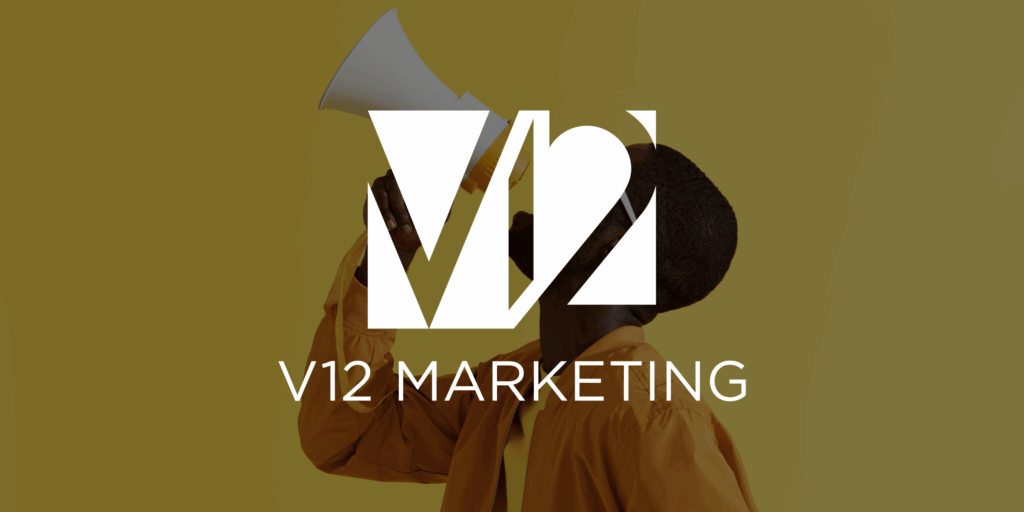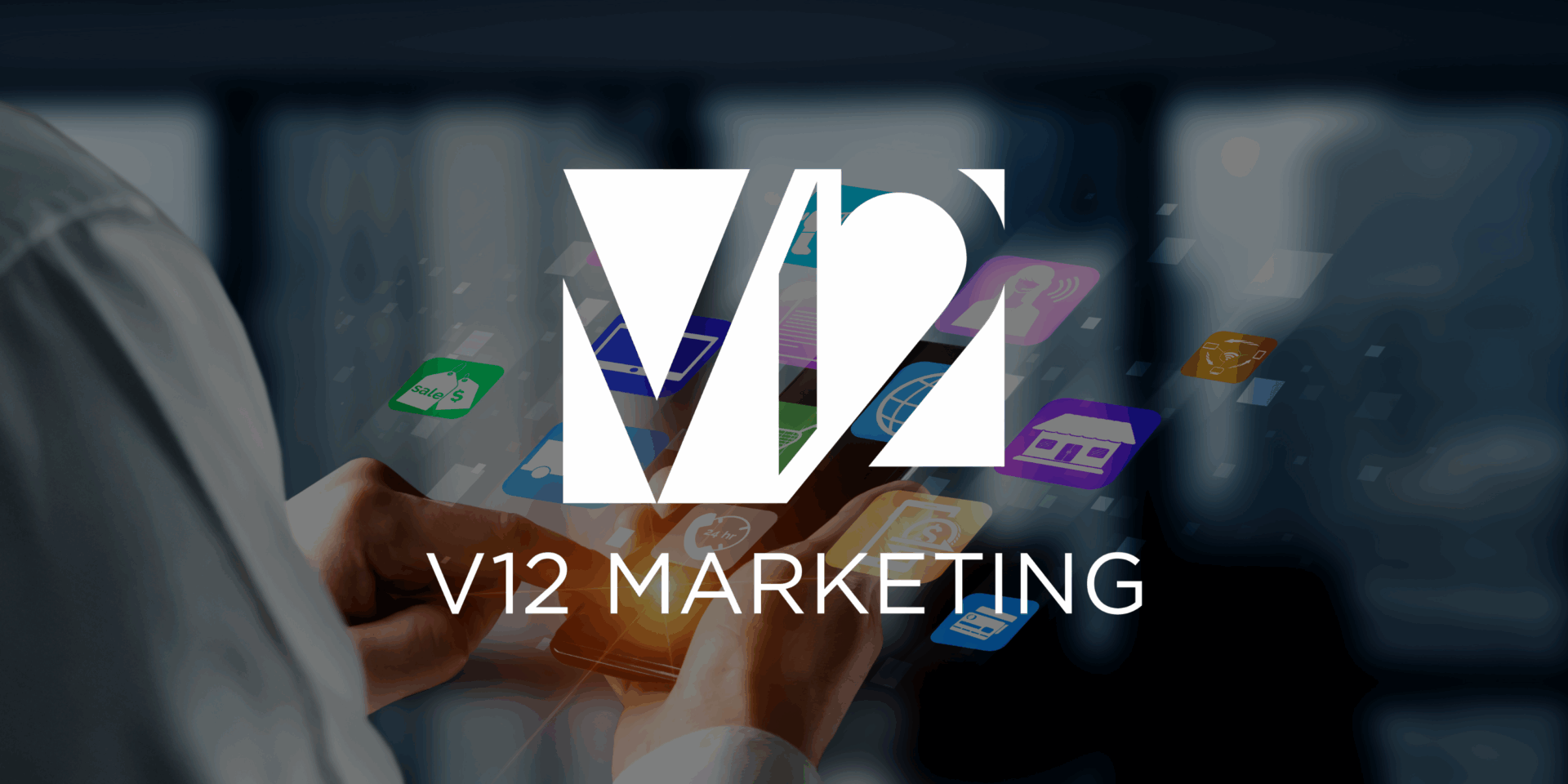
Google Ads and Meta Ads (previously Facebook Ads) are the industry leaders in digital advertising.
Although they function rather differently, both platforms provide effective tools for connecting with potential clients. Your marketing ROI may be greatly impacted by selecting the best option or combining the two.
Let’s examine each one’s advantages, distinctions, and ideal applications.
Overview: Google Ads and Meta Ads
Google Ads
Google Ads is a pay-per-click (PPC) advertising platform that places your ads on the Google Search Network, Display Network, YouTube, Gmail, and more.
Core formats include:
-
Search Ads (text ads in search results)
-
Display Ads (banners across websites)
-
Video Ads (primarily YouTube)
-
Shopping Ads (product listings)
-
App Ads (for mobile app promotions)
Meta Ads
Meta Ads Manager allows you to run ads across Facebook, Instagram, Messenger, and Audience Network.
Core formats include:
-
Image and Video Ads
-
Carousel Ads
-
Stories and Reels Ads
-
Lead Generation Ads
-
Dynamic Product Ads
Targeting Capabilities
Meta Ads: Hyper-Detailed Audience Targeting
Meta’s strength lies in behavioral and demographic data:
-
Interests, behaviors, job titles, and relationship status
-
Custom Audiences (past website visitors, email lists)
-
Lookalike Audiences (finding users similar to your customers)
Great for top-of-funnel campaigns, brand storytelling, and retargeting.
Google Ads: Intent-Based Targeting
Google Ads focuses on search intent:
-
Keywords users are actively searching
-
In-market audiences (people close to purchasing)
-
Remarketing to website/app users
Ad Placement & User Intent
Google Ads
-
User Intent: High purchase intent (e.g., “buy running shoes”)
-
Primary Channels: Google Search, YouTube, Gmail
Meta Ads
-
User Intent: Passive browsing, discovery-based
-
Primary Channels: Facebook, Instagram, Messenger
Google Ads captures demand. Meta Ads generates demand.
Cost Efficiency and ROI
Google Ads
-
Typically higher Cost-Per-Click (CPC) due to competitive keywords
-
Stronger conversion intent, often higher return on ad spend (ROAS) for direct-response campaigns
Meta Ads
-
Lower CPC, excellent for impressions and reach
-
Higher efficiency for brand awareness, engagement, and retargeting
-
Visual storytelling can drive strong emotional connections
Creativity & Ad Types
Meta Ads
-
Highly visual
-
Great for creative storytelling with video, carousels, Reels
Google Ads
-
Focuses on text and intent (Search Ads)
-
Less reliant on creative assets (except for YouTube and Display)
-
Performance-driven ad formats like Shopping Ads and Responsive Search Ads
Analytics & Conversion Tracking
Goal tracking and strong data insights are provided via Google Ads’ native integration with Google Analytics.
The Meta Pixel and Conversions API, which Meta Ads employs, are great for retargeting and tracking on-platform activity.
While both provide robust A/B testing, automated bidding, and reporting, Google has an advantage for those that value data because to its interaction with broader analytics tools.
Best Use Cases
Brand Awareness – Meta Ads (Reels, Stories, Video)
Lead Generation – Meta Ads (Lead Ads, Forms)
E-commerce Sales – Google Shopping Ads, Meta Dynamic Product Ads
Local Services – Google Search Ads
Retargeting – Both (Google Display + Meta Custom Audiences)
YouTube Content Promotion – Google Video Ads
Combining Both for Maximum Impact
The smartest advertisers often use both platforms in tandem:
-
Meta Ads: Grab attention and build awareness with eye-catching creatives
-
Google Ads: Convert warm leads as they search for your solution
For example:
-
A user sees your product on Instagram via a carousel ad.
-
Days later, they search for your brand on Google and click your ad.
-
Conversion complete.
Cross-platform synergy maximizes both brand recall and purchase intent.
Choose Based on Your Goals
There’s no universal winner in the Google vs. Meta Ads debate—it depends on your business objectives, budget, and audience behavior.
-
Use Google Ads if you want to capture active demand and drive conversions quickly.
-
Use Meta Ads if you want to build awareness, engage users, and nurture leads visually.
Pro tip: Start with your core funnel—then expand across platforms for full-funnel dominance.
Are you looking for your next winning Ad campaign? Let’s start with your free consultation!




